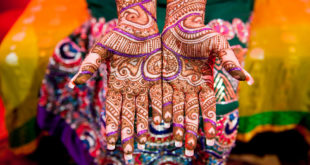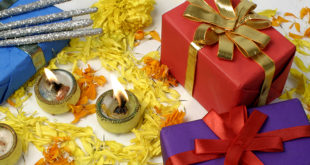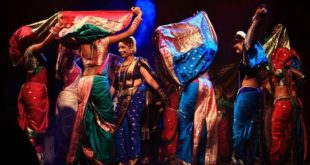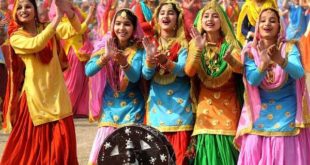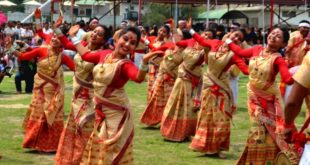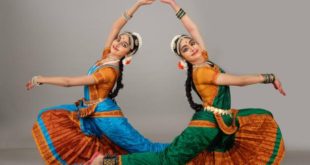Kathak is India’s one of the most popular classical dance forms. The word Kathak finds its origin in the Vedic Sanskrit, from the word Katha which means ‘story’ and Kathakar which means ‘the story teller’. Kathak performers enact mythologies and ancient stories in their performances which are a combination of dance, facial expressions, and music. They also wear ghungroos, small bells, in their legs as foot movements are also important for any performance.
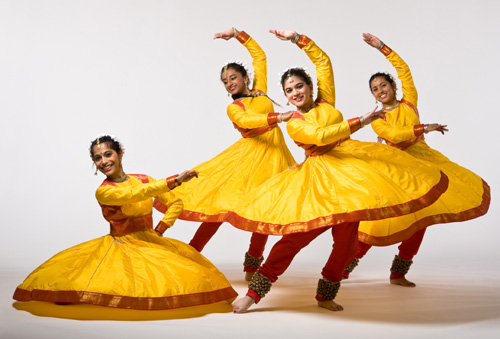
Kathak – The Story Telling Dance Form of India
Kathak, in its current form, has evolved from three different schools or gharanas namely Jaipur, Banaras and Lucknow. These schools have their own styles and are different from each other in many aspects. The Bhakti movement had a strong impact on Kathak. Most of the performances are dedicated to Lord Krishna and romantic aspect of his life.
Kathak During Mughal Period
During the Mughal period, Kathak was performed by Hindu dancers for Muslim overlords as a result absorbed different aspects of Persian and Central Asian themes in practice.
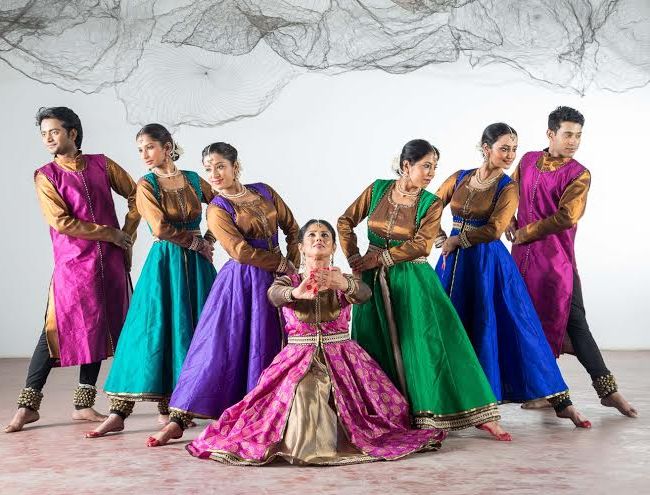
Performers started wearing saris rather than midriff cloth to avoid being erotic or sensual, a transparent veil was introduced and swirling like Sufi dancers became a part of Kathak.
-: RELATED ARTICLES :-
Dandiya Raas | Odissi | Manipuri
Kathak during Colonial period
British practiced a policy of heavy control on traditional dance forms of India. As they believed them to be seductive and erotic in nature, their maintenance and propagation were something they perceived was against their Christian Angelic views and public morality.
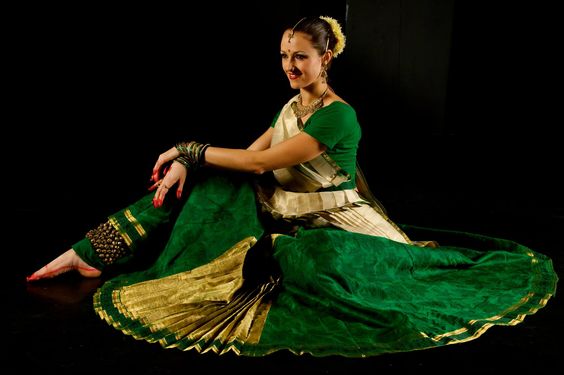
Facing all the criticisms Kathak was kept alive through oral tradition by Hindu families.
Repertoire
A Kathak performance is broadly divided into three parts: the invocation or vandana, pure dance recital or nritta and expressive dance which is also known as nritya. Nritta starts with a slow wrist, eyebrow and neck movements and increase in speed and energy with time. This part of the performance is abstract. The nritya part of the performance is more expressive as it tries to communicate the feelings and expressions of spirituality on the basis of the storyline.
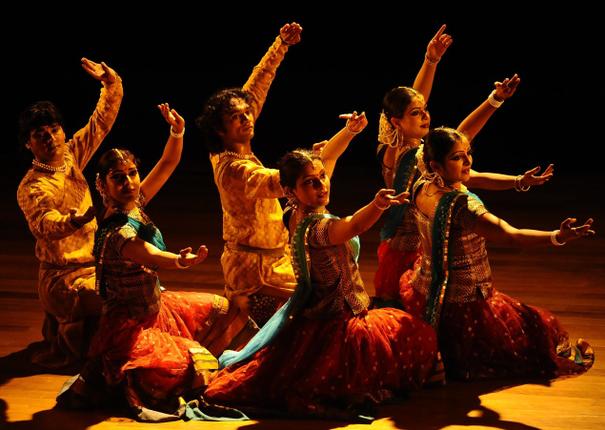
A Kathak performance could be a solo, duet or a group performance. On stage, the dancers are accompanied by the vocalists, musicians, and many instrument players. A Kathak performance can have all the 12 classical musical instruments like flute, tabla, sarangi, sitar, manjira and much more.
Schools or Gharanas
The three schools of Kathak are different from each other on the basis of their emphasis on the story telling and footwork.
The Jaipur Gharana holds the main emphasis on dance and footwork. It traces its history to Bhanuji who was a trained tandava dancer. Its performances are spiritually rooted and are diverse in themes ranging from Vaishnavism to Shaivism.
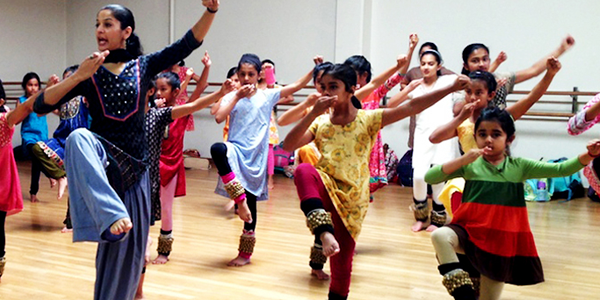
Opposed to that, Lucknow Gharana places more emphasis on acting and storytelling part of the performance through expressions. It attributes its origin to Ishwari who was a Krishna devotee and propagated Kathak as a dance form to worship lord Krishna.
The Benares Gharana is the oldest one of the schools and its history is uncertain. Many believe it was propagated by Jankiprasad who was a trained dancer as well as a Sanskrit scholar.
You may also like to Read :
 Amazing India Blog Know India Better
Amazing India Blog Know India Better
